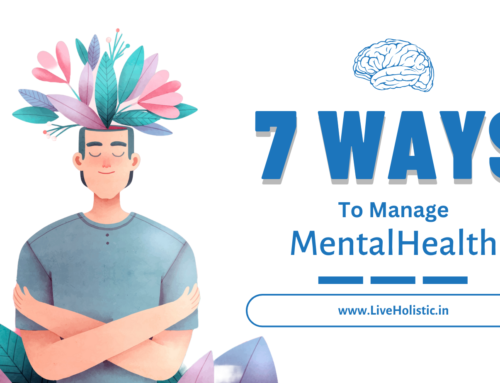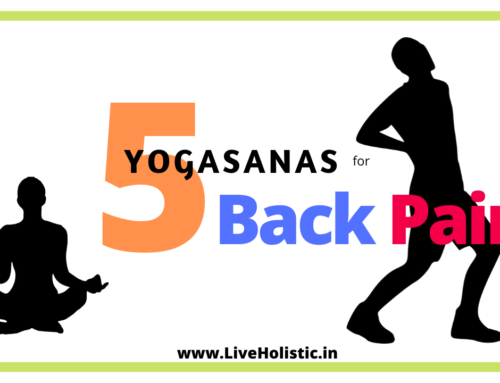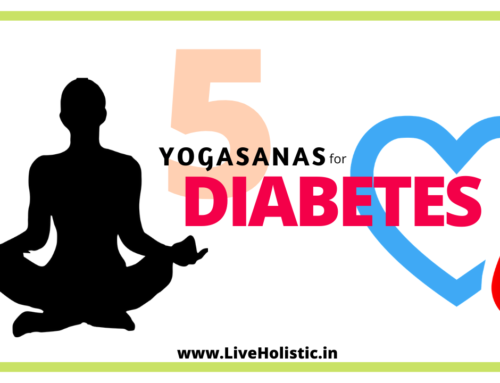“Yoga is not an ancient myth buried in oblivion. It is the most valuable inheritance of the present. It is the essential need of today and the culture of tomorrow.”
– Swami Satyananda Saraswati
The inner personality doesn’t exist without the support of the physical body. Thus, asana is an important part of yoga. It provides stability and increases awareness of self and the surrounding. In Yog Sutra(2/46), asana is the position or posture which is comfortable and steady. Hatha Pradipika defines asana as a state of being in which one can remain physically and mentally steady, calm, quiet and comfortable.
Variety of Yoga
The yogic tradition says that there are altogether eighty-four lakh asanas, which means that there are as many asanas as forms of life. Yoga is the perfect system for physical culture. Practice of asanas keeps the muscles, organs, and nerves in a healthy condition. Therefore, yoga is the king of all exercise systems. Asanas make body strong and healthy. Asanas were developed to evolve the consciousness from the lowest to the highest state. This is the reason why some asanas imitate the shapes of bow or boat; plants like trees and the lotus; reptiles, fish, the foetus, birds, saints like Vaisistha and gods such as Nataraja. The influence of asana is more than physical. Asanas are beneficial in the development of higher wisdom. Thus, meditative asanas like padmasana, siddhasana, bhadrasana and simhasana are considered to be of great significance. In Hatha yoga, asanas open the energy channels and psychic centres. Also, by developing control of the body through asana, the mind is controlled, steadiness is developed, prana moves freely and there is less chance of disease occurring. When the quantum of prana is increased to a great degree, the body moves into certain posture by itself and asana, mudra and pranayama occur spontaneously.
We must know that mind and body are not separate entities. The gross from the mind is the body and the subtle form of the body is the mind. The practice of asana integrates the two. Asana release mental tension by dealing with them on the physical level, acting somato-physically, through the body to the mind. For example, emotional tension and suppression can tighten up and block the smooth functioning of the lungs, diaphragm and breathing process, contributing to deliberating illness in the form of respiratory disorders. When yogasanas are performed, respiration and metabolic rates slow down, the consumption of oxygen and the body temperature drop. Yogasana tends to arrest catabolism. Also, asanas have specific effects on the glands and the internal organs, and to alter electrochemical activity is the nervous system.
Hence, regular practice of asanas maintains the physical body in the best condition and promotes health even in an unhealthy body. Through the practice of asanas, the dormant energy potential is released and experienced as increases confidence in all areas of life. But before practicing asanas, yoga aspirant must fulfil the previous requirements of Yoga. The practice of Yama and Niyama along with Shatkarma is must for the further progress. Then only asanas with regular practice will be fruitful as mentioned in yogic texts otherwise it will be gymnastics and nothing more than that. Yogasanas, therefore, are the keys for healthy body and mind.







Leave A Comment